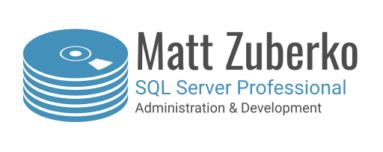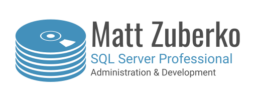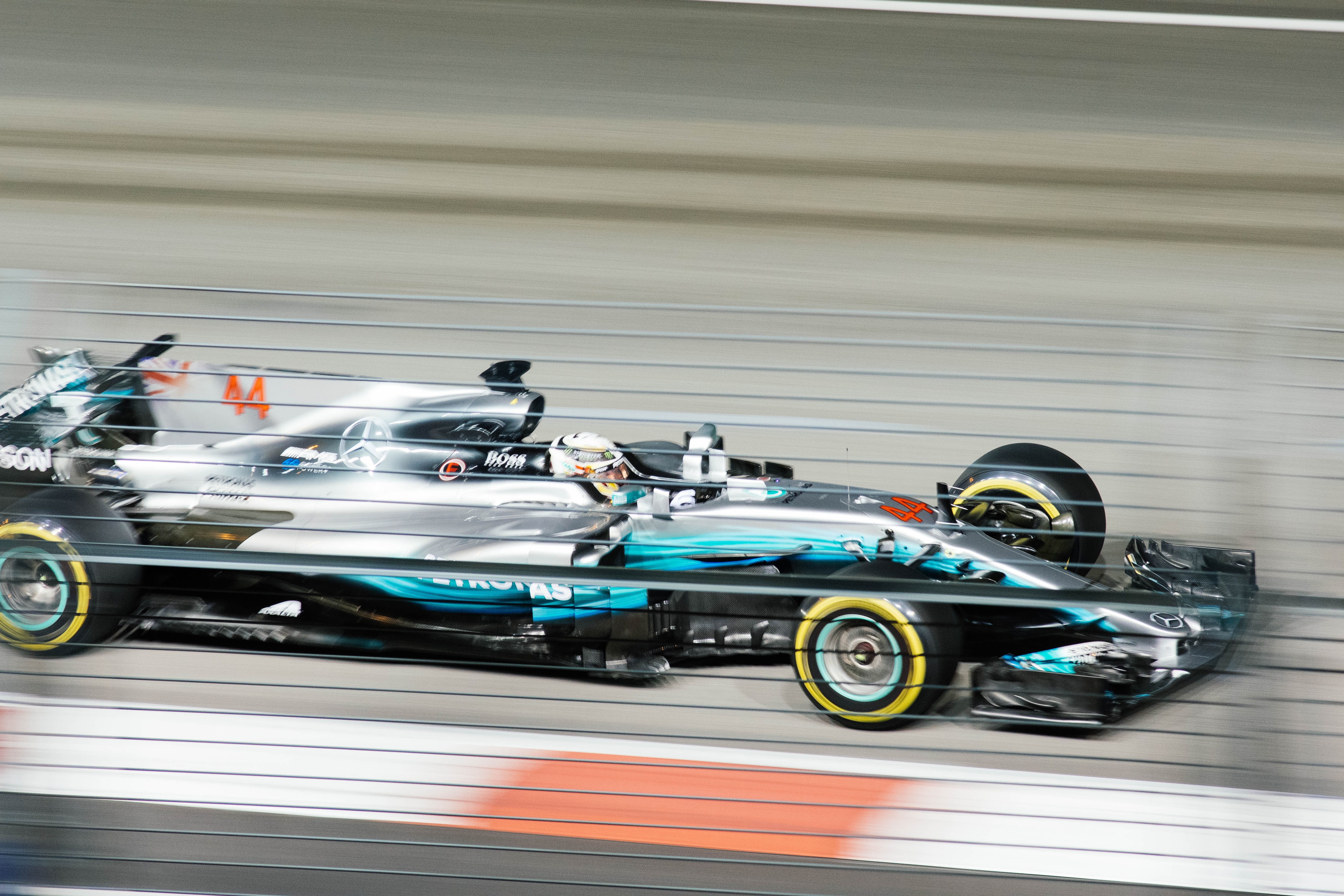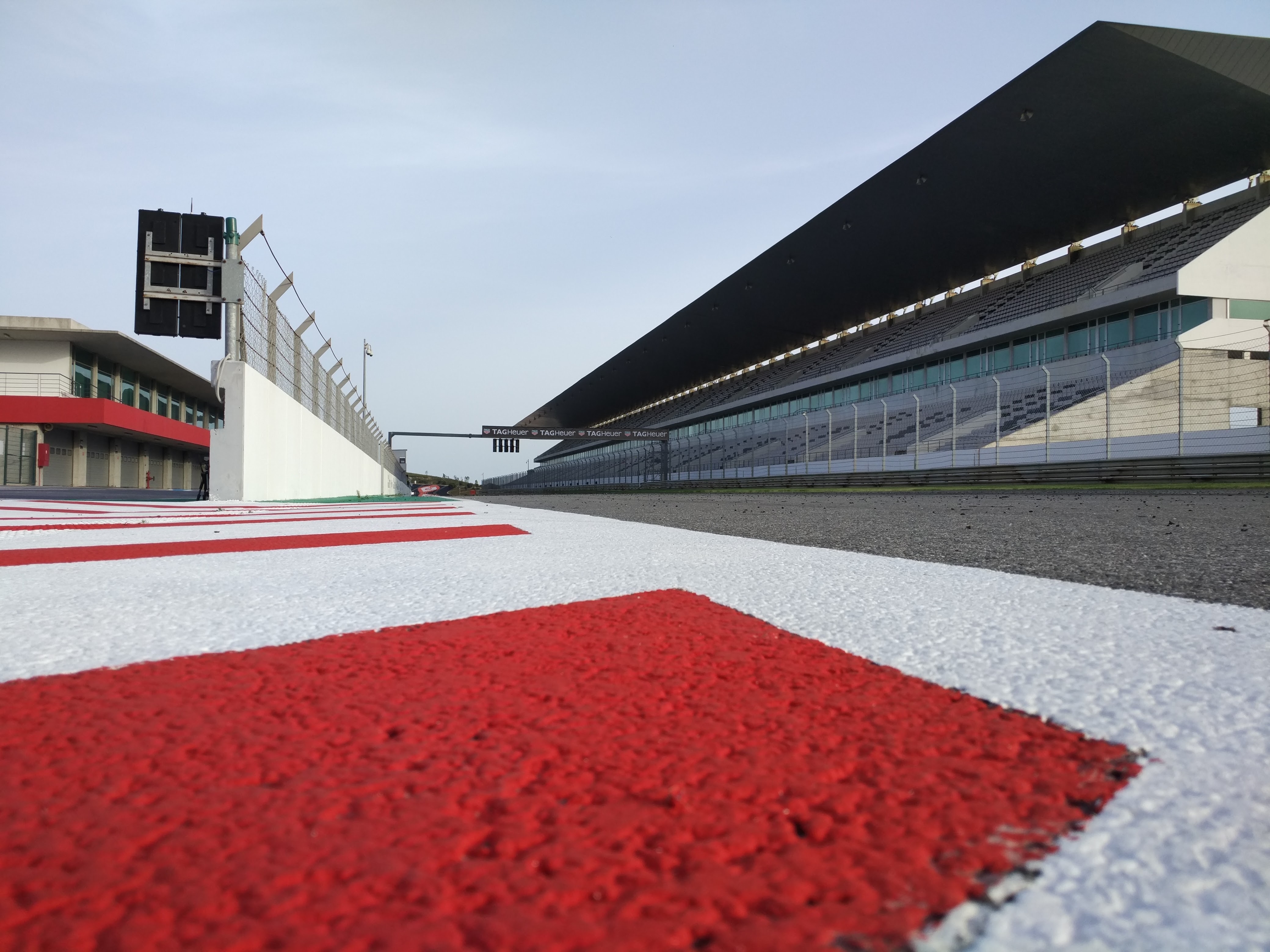The day has come. Yesterday, I just got word from management that they’re ready to go live and we’re targeting the next week or two to cut over Tableau dashboards and Crystal Reports templates. My last steps to perform are basically topping off the source data, changing connection strings for the live ETL packages and awaiting user feedback.
This hardware upgrade took nearly 2 years to complete from the first proposal, through multiple debates, with hardware procurement approval only 6 months ago, ending with a month of setup and testing time. It was a high-risk project that required buy-in from multiple stakeholders in the IT organization. You have to come prepared with the right data to explain why you need this particular upgrade. For four rack-mounted servers, SAN controllers and enclosures and SQL licensing, you can easily go to seven figures. It helps to have the following information and data points in place before you jump into the ring.
Seize the day!









Leave A Comment